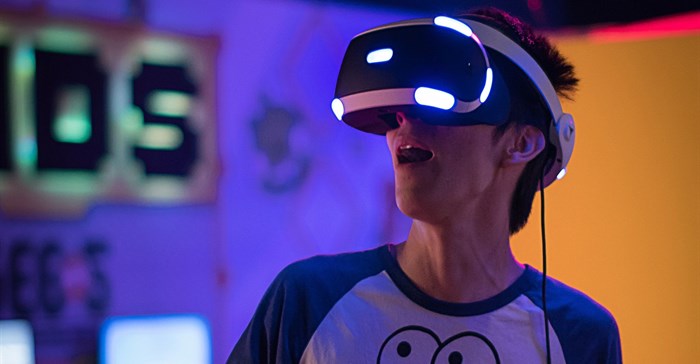Immaterial world: The virtual future of fun

Stay at home, travel everywhere
I predict that 2019 will be a big year for virtual reality escapism.
As our lives become busier and busier, people are looking for escapism solutions, and VR is as quick an escapism fix as you can get. In particular, we see VR being used as an alternative (or enhancement) to travel.
Think of it as a “staycation” with all the bells and whistles that you can enjoy on the cheap, in the comfort and convenience of your own living room. The VR staycation trend also makes sense from the point of view of sustainability - tourism is a major cause of air pollution, and over tourism is detrimental to fragile natural and historical sites.
With VR you could visit pristine marine coral reefs without damaging them, or, if you are history buff, see historical sites from a new perspective. French designers, for example, have used mixed reality, including immersive video, and interactive touch screens to recreate the soldiers’ experience on the Western Front during WWI.
Fortnight, the mall of the future?
Generation Z teenagers are now "hanging out” with each other, having conversations and social interactions with their local and international friends within virtual gaming worlds, such as Fortnight, in a similar way to how Generation X and millennials teenagers used to hang out with each other at malls in the 90s.
Many young people now spend more real money on their gaming avatar's “skins” than they do on clothes for their real physical bodies. In other words, their avatars’ style and status have become part and parcel of Generation Z gamers’ real sense of self-worth. Think gaming is just a fringe activity? Think again. One in every 850 humans alive on planet Earth was playing Fortnight at THE SAME TIME in Nov 2018 - and that's just one game.
The perfect boy (or girl) friend
Another use for VR is as a substitute to the notoriously frustrating dating scene. Virtually Dating, for example, is a show on Facebook Watch produced by Conde Nast entertainment that sets people up on virtual reality blind dates. The participants are hooked up to VR headsets and body sensors and their faces are scanned onto virtual avatars that interact with each other on the virtual dates.
A slight variation of the VR dating trend is the advent of fully digital, artificially intelligent “virtual boyfriends and girlfriends”. Millions of people around the world are building “real" relationships (or even dating) artificially intelligent chatbots, such as Microsoft’s Xiaoice or Eugenia Kuyda’s Replika. These kinds of friendly chatbots have humanoid avatars, customisable personalities, and can hold (apparently) meaningful conversations with their friends and partners.
We also already seeing the virtual reality and chatbot lover trends collide: Blue Leaf Cafe in Japan now lets lonely patrons enjoy a “date” with virtual reality pop star, Hatsune Miku in its restaurants. Hatsune is programmed with artificial intelligence to converse, flirt and even pose for photographs with diners through the restaurant’s interactive app.
So, in short, virtual reality is now just another part of our real lives. Soon, drawing a distinction between our virtual reality and our real reality will be completely outdated.




































